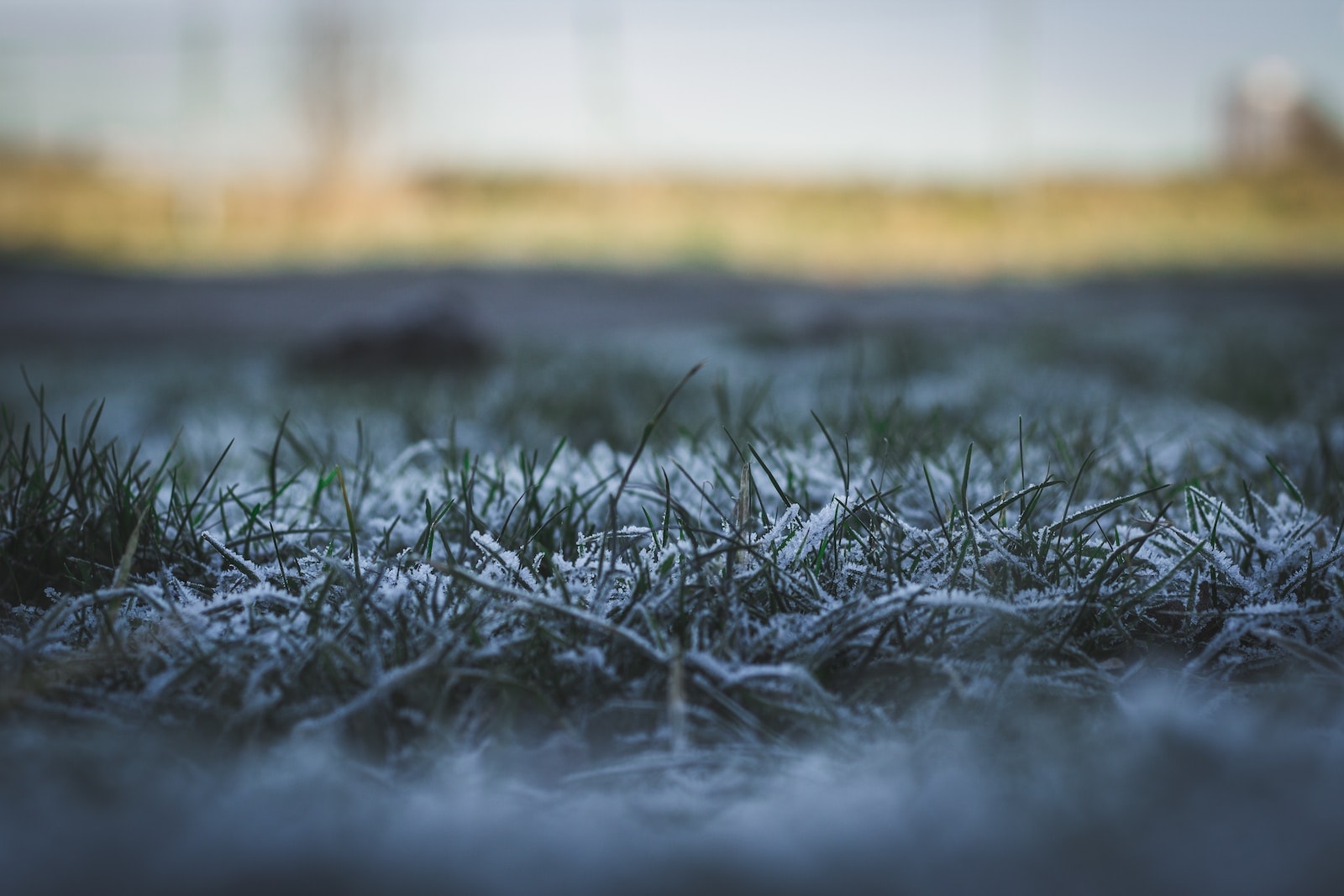As winter approaches, chicken owners often worry about their flock’s comfort and safety in dropping temperatures. Chickens are surprisingly resilient, but they have their cold-weather limits too.
This post will dive into how you can keep your chickens cozy at night and what temperatures they can endure without any issues. Stay with us to ensure your feathered friends stay warm this winter!
Understanding the Optimal Temperature for Chickens
Chickens have a temperature range for comfort, and various factors can affect their ability to regulate body temperature. Understanding these factors is crucial for providing proper care in cold temperatures.
Poultry’s temperature range for comfort
Chickens like it when the weather is not too hot or too cold. They are most comfortable when the temperature is between 70-75 degrees Fahrenheit.
- A good range for chickens to stay happy is from around 40 degrees up to about 90 degrees Fahrenheit.
- Below 40 degrees, they can get chilly and above 90 degrees, they start to feel too hot.
- These birds have feathers that keep them warm in cool weather. This works like a coat that we might wear.
- They can fluff up their feathers to trap warm air close to their bodies when it gets colder.
- Chickens also eat more food in the winter to create more body heat, just like how we might shiver to stay warm.
- At nighttime, they roost together which helps them share body heat and stay warm.
- If it’s really cold, below freezing, make sure your coop protects your chickens from wind and stays dry inside so they don’t get frostbite.
Factors that affect chickens’ ability to regulate body temperature
When it comes to the ability of chickens to regulate their body temperature, several factors come into play. The age and health of the chickens are crucial as younger or older birds may struggle more in extreme temperatures.
Feathers also play a pivotal role, as they provide insulation, so molting or feather damage can affect their ability to stay warm. Furthermore, the breed of chickens determines how well they can tolerate cold weather.
Additionally, environmental factors such as humidity and drafts in the coop need attention. Humidity levels impact heat retention within feathers while drafts can chill birds regardless of actual temperature.
Preparing Your Chickens for Winter
Before preparing the coop and managing your flock in cold temperatures, it’s essential to consider the right breed selection. Once you’ve chosen winter-hardy breeds suited for low temperatures, it’s time to focus on properly insulating and managing drafts in the coop. Understanding how to care for chickens in the winter can help ensure your flock stays healthy and comfortable during the cold months.
Selecting winter-hardy breeds
When choosing chicken breeds for cold climates, prioritize those known for their winter hardiness. Look for breeds like Plymouth Rock, Orpington, Wyandotte, and Australorp as they have thick feathering and strong bodies that help them withstand low temperatures.
These breeds are excellent choices for cold weather due to their ability to maintain body heat more effectively than other breeds.
Before preparing the coop and managing your flock in cold temperatures, it’s essential to consider the right breed selection. Once you’ve chosen winter-hardy breeds suited for low temperatures, it’s time to focus on properly insulating and managing drafts in the coop.
Properly insulating and managing drafts in the coop
To keep chickens warm in winter, you should:
- Insulate the coop using straw or wood shavings to maintain warmth.
- Seal any gaps or cracks in the walls and windows to prevent cold drafts.
- Use weather stripping around doors and windows to keep out cold air.
- Install thick curtains over windows to reduce heat loss while allowing light in.
- Consider adding a heat lamp but make sure it’s safely installed and not a fire hazard.
- Provide adequate ventilation to prevent moisture buildup, which can lead to frostbite.
Providing Proper Care for Chickens in Cold Temperatures
Feeding and watering during winter is crucial for maintaining chickens’ health and warmth, while managing manure and bedding helps to create a comfortable living environment. Additionally, considering supplemental heat options can provide extra warmth during extremely cold temperatures.
Feeding and watering during winter
During winter, chickens need extra energy to keep warm. Ensure they have access to high-quality feed containing adequate protein and nutrients. Make sure their water source doesn’t freeze by using heated waterers or checking multiple times a day. Provide warm water for drinking to help maintain their body temperature. Additionally, adjust feeding times to coincide with the warmest part of the day. Finally, include supplements like scratch grains or corn to provide extra calories when temperatures drop significantly.
Managing manure and bedding
To manage manure and bedding for chickens in cold weather, consider the following:
- Regularly clean the coop to remove soiled bedding and prevent the buildup of ammonia.
- Use absorbent materials like straw or pine shavings to keep the coop dry and provide insulation.
- Consider deep litter method by adding fresh bedding on top of existing material to create composting heat.
- Ensure proper ventilation to reduce moisture buildup and maintain air quality.
- Monitor for signs of mold or mildew in bedding and replace when necessary.
Supplemental heat considerations
When providing supplemental heat for your chickens in cold temperatures, ensure the coop is well-ventilated to prevent moisture buildup and ammonia. Use safe heating options such as radiant heaters or heated panels placed away from flammable materials.
Install thermostats to regulate temperature and avoid overheating, aiming to maintain the coop temperature above freezing but not excessively warm. Be cautious with heat lamps, securing them properly to reduce fire hazards and keeping them out of reach of curious chickens.
Additionally, consider alternative measures like using deep litter method for natural heat generation, providing extra insulation in the coop, and offering heated perches for roosting.
Monitoring and Treating for Cold-Related Issues
Identifying and preventing frostbite is crucial during cold winter nights. It’s also important to know when to cull chickens if they are not able to tolerate the cold temperatures.
Additionally, providing supplemental light can help with winter egg production.
Identifying and preventing frostbite
Chickens can get frostbite in cold temperatures, especially on their combs, wattles, and feet.
Knowing when to cull chickens
After taking measures to identify and prevent frostbite, it’s important to know when to cull chickens. Culling is a difficult but necessary decision when a chicken’s health deteriorates.
Look for signs such as chronic illness, severe injuries, or age-related decline that affect the bird’s quality of life. When culling, ensure humane methods are used and consider utilizing the meat if applicable.
It’s crucial to regularly evaluate your flock and be prepared to make tough choices when needed. Culling helps maintain the overall well-being of your remaining birds and ensures that they receive proper care in the coop.
Providing supplemental light for winter egg production
After ensuring the health of your chickens in cold temperatures, providing supplemental light can help maintain their egg production during winter months. As daylight decreases, adding artificial light to the coop for about 14 hours a day can simulate longer days and encourage consistent egg laying.
Utilizing a timer with energy-efficient bulbs, such as LED or CFL lights, ensures that the additional lighting does not interfere with their normal resting schedule. It’s important to gradually introduce the light to avoid causing stress to the birds and monitor any changes in behavior or egg production when implementing this practice.
Conclusion
In conclusion, understanding the temperature limits for your flock is crucial during cold nights. Proper winter care includes selecting winter-hardy breeds and insulating the coop to keep chickens warm.
Monitoring for cold-related issues and providing supplemental light can help ensure your chickens stay healthy during colder months. By taking these steps, you can help your flock thrive even when temperatures drop.

